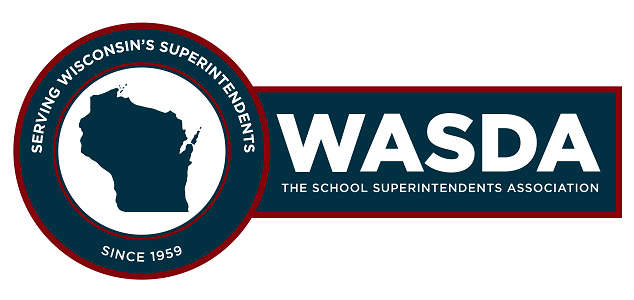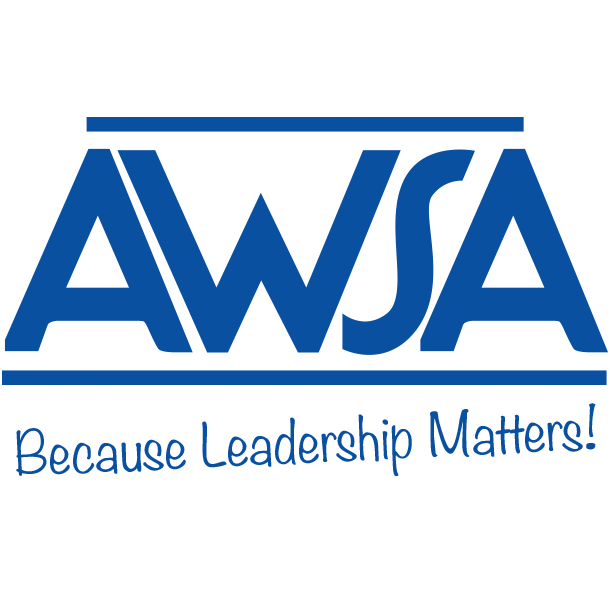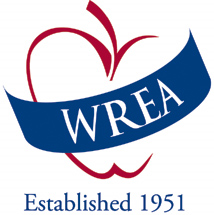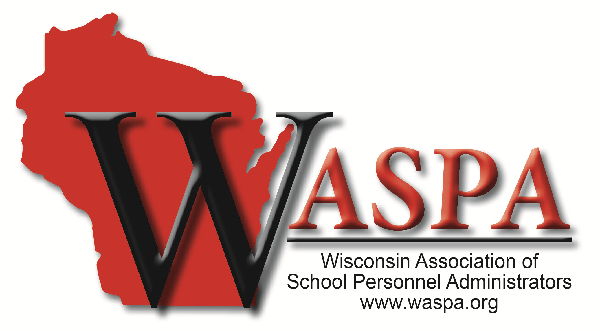« LFB: State Could Lose $1.5 Billion in Federal Money for Schools Unless it Maintains Spending Commitment to K-12 | Home | More Members Respond to SAA Budget Alert »
LFB: GOP Lawmakers Would Need to Put Another $428 Million Into K-12, Higher Ed to Qualify for $3.1 Billion in Federal COVID Aid
By Dee Pettack | May 27, 2021
Topics: SAA Capitol Reports, SAA Capitol Reports with Email Notifications, SAA Latest Update | No Comments »
Comments are closed.





